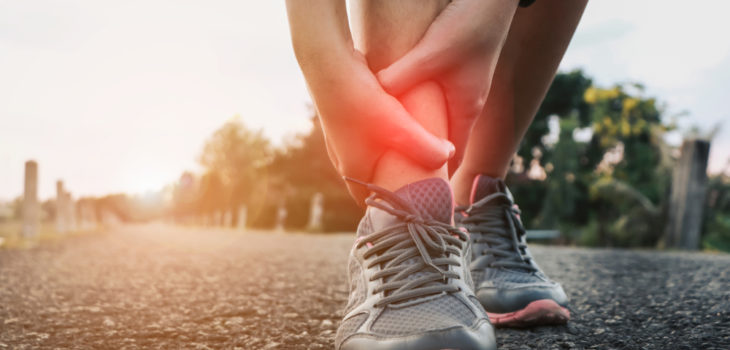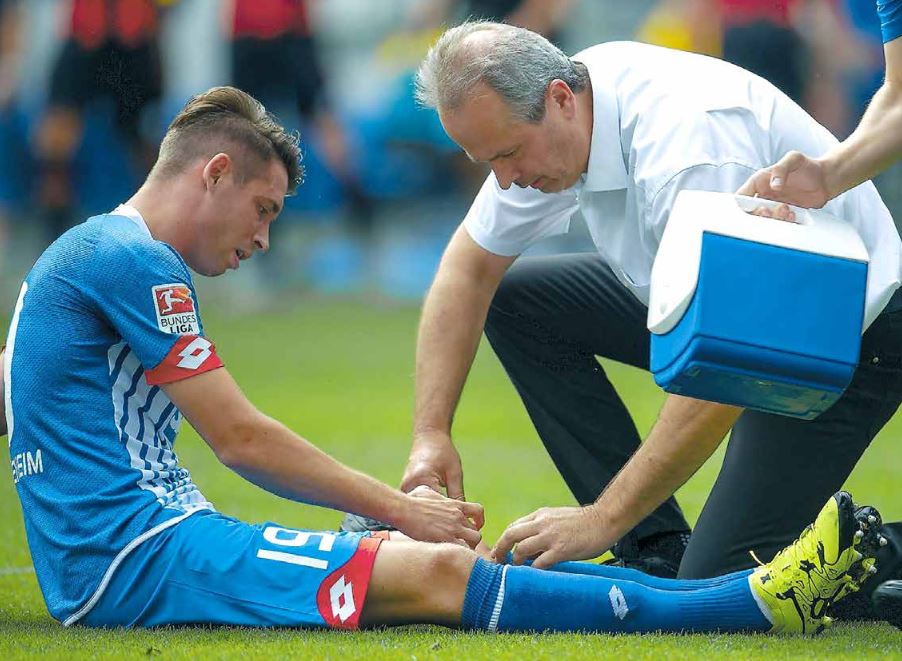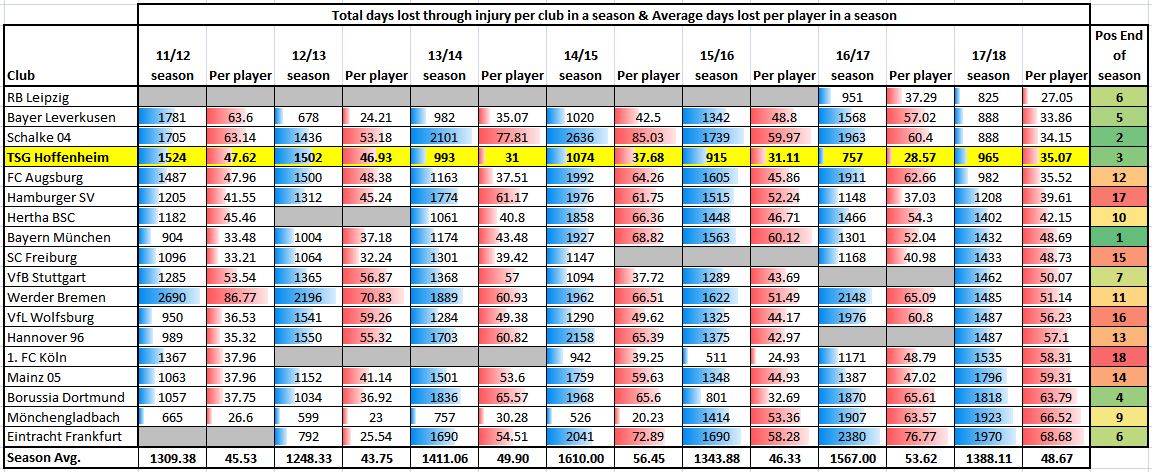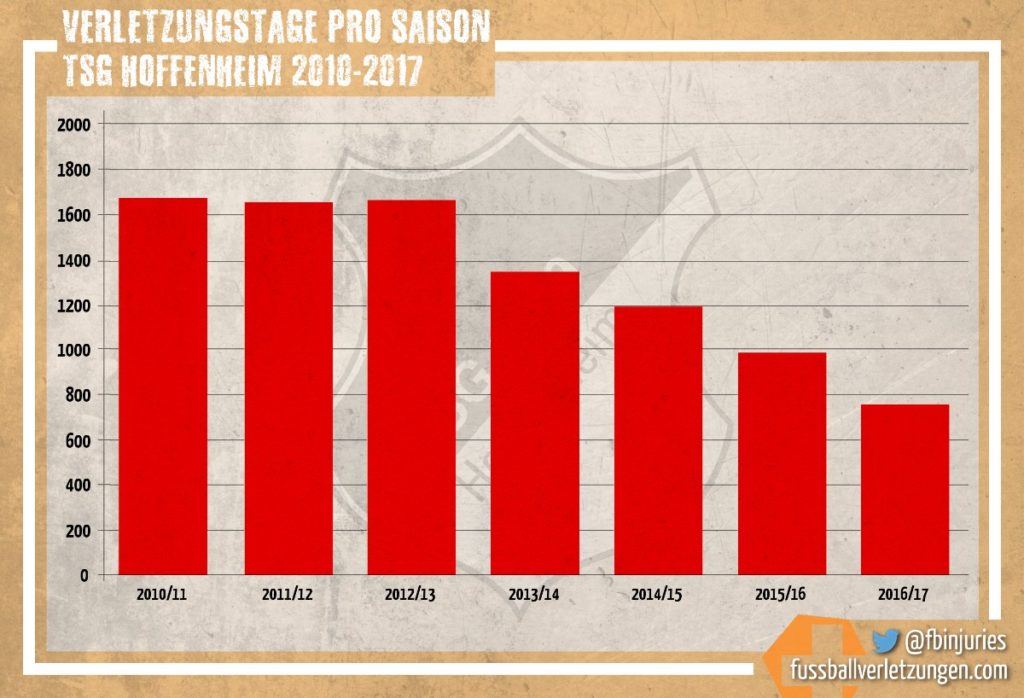 Matrix Therapy
Matrix Therapy
Matrix therapy rapidly gets you back up & running
Medial Tibial Stress Syndrome (MTSS), commonly known as Shin splints – is a painful inflammation of the tibia, often as an overload syndrome in athletes.
For many new runners, “Shin Splints” is often a common injury. Shin splints accounts for 10-15% of all running related injuries and is more common in less experienced runners as normally their bones may not have yet adapted to the stresses of this high impact activity.
Many varied painful stress disorders apply to the tibia and the surrounding musculature and occur when the body can not heal properly due to repeated muscle contractions and tibial stress brought on by the intensified training.
We normally see more runners present with shin splints at this time of year. Marathon and half marathon runners are simply clocking up their mileage too fast, suddenly increasing their training intensity, or failing to schedule rest days into their programmes.
Like most overuse running injuries, the onset of shin splints is multifactorial and may include training errors and various biomechanical abnormalities with some people being more at risk of developing shin splints than others. They include:
- New to running or running history of < 5 years.
- High BMI
- Females
- Prior history of shin splints
- Prior use of orthotics
Take the recent case of Anna a 35-year-old, very ambitious marathon runner who was repeatedly thrown back in her training schedule by painful inflammation of the tibiae (shin splints).
Just over a year ago, due to too many sprints and jogging in her training programme Anna ended up with painful inflammation of both shins. She had tried all the usually prescribed methods to rehab, but somehow this time nothing was really working for her. So she was extremely relieved when she discovered the practice of Matrix-Wellbeing.
Immediately after receiving her first treatment with the Extrazell® BMS Matrix Therapy she felt that her muscles were starting to release and her healing process had finally progressed. After just a few more sessions she noticed a very big positive change during her sporting activities.
She is very grateful to Maggie from Matrix-Wellbeing for supporting her on her path to recovery and helping in achieving her athletic goals. “She treats my whole body with an holistic approach, a lot of respect and fully utilizing her many years of experience with BMS Matrix therapy, which was essential for me to achieve a successful treatment outcome“. said Anna
When an athlete gets to fully understand the true effectiveness of BMS Matrix Therapy at the practice of Matrix-Wellbeing, they can finally realize a really positive change with fully relaxed and elastic musculature.
Remember, it can take several weeks for the tibia to heal using BMS Matrix therapy however, the earlier you seek advice from a BMS Matrix therapist professional the better and quicker you return to running or everyday life.
And finally, the best means of prevention is to progress slowly with both volume and intensity of training. Try to run on flat, soft surfaces (grass, sand) initially and it is always a good idea to vary your training routine and continue some softer surface runs to decrease the loads on your tibia.


